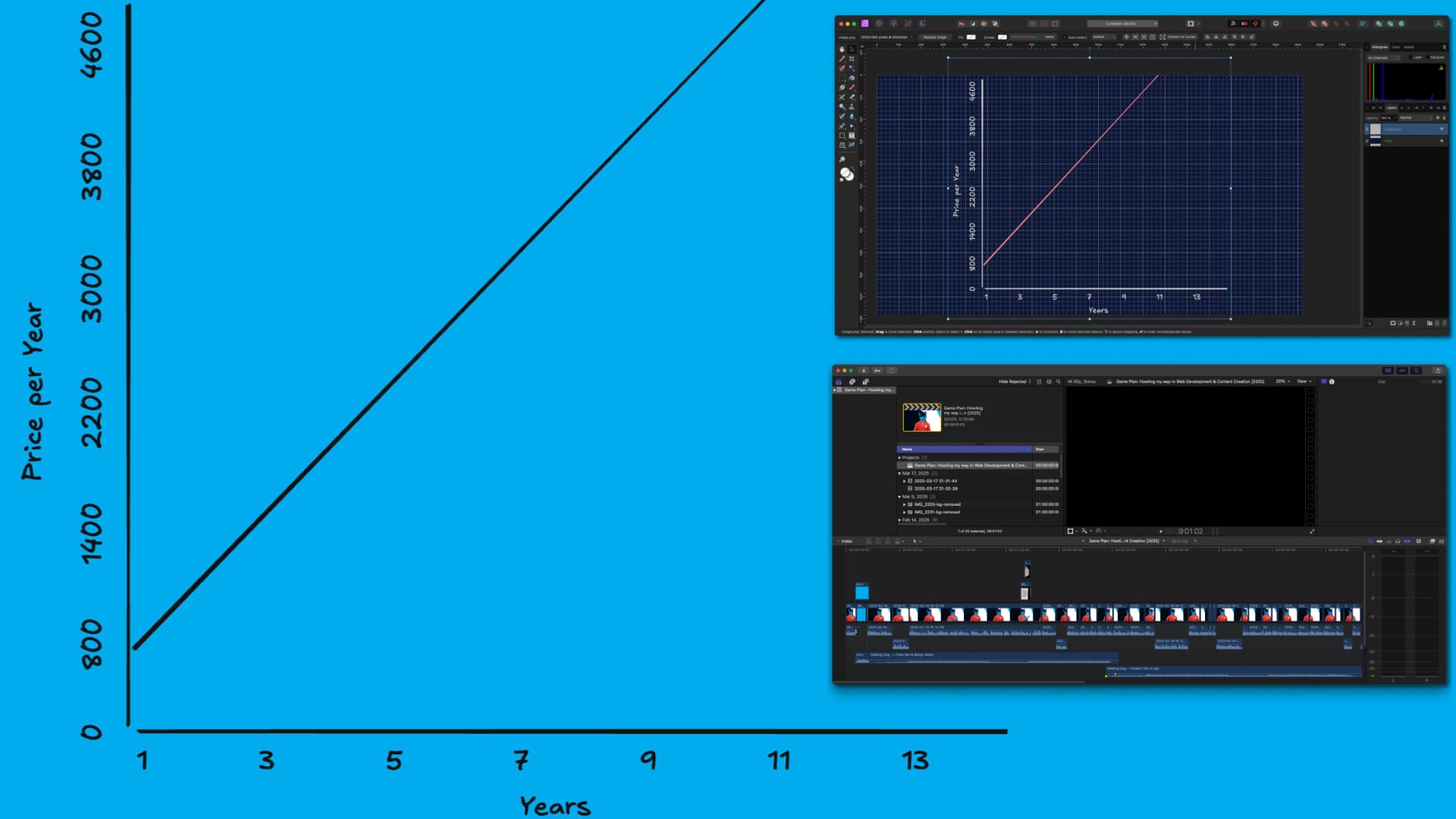We’ve seen powerful laptops before, but we’ve never seen anything like this. With its new MacBook, Apple has proven that even the most powerful computers can be incredibly compact and lightweight, with fantastic battery life to boot. This has major implications for the future of laptop design, but it also suggests that we’ll see increasingly ARM-based desktop computers on the market in the coming years.
The power of Apple’s M1 chip
Apple’s M1 chip is a meaningful change for the desktop computing world. The 8-core processor, up to 16GB of unified memory, and up to 2TB of storage provide users with powerful performance capabilities. With the M1 chip, Apple has created a desktop-class architecture that offers faster and more efficient performance than other desktop chips.
The M1 chip also enables up to four times faster machine learning, making it an ideal choice for those who use apps that rely heavily on artificial intelligence. This includes the likes of photo editing apps and video creation tools.
In addition, the M1 chip allows users to pick between the M1 Pro or the M1 Max in 14″ and 16″ laptops, offering a range of options for diverse types of users. Whether you’re looking for power or portability, there’s an M1-based laptop to suit your needs.
Overall, Apple’s new M1 chip offers impressive performance and user choice, with plenty of potential for further advancements. It’s clear that Apple is committed to pushing the boundaries of what desktop computing can do and it’ll be exciting to see what comes next.
New M2 chip
The MacBook M2 Pro and Max chips are powerful and capable of accomplishing a wide range of computing tasks. With their cutting-edge technologies, these chips provide users with enhanced performance, energy efficiency, and security. These chips are designed to be reliable and powerful, bringing the absolute best in computer technology to users. It’s just going to get better.
How this could change the way we use laptops
The introduction of ARM-based processors into the laptop space is a meaningful change. For decades, Intel and AMD have been the dominant forces in desktop and laptop computing, but Apple’s recent foray into the ARM architecture with the M1 chip could mark the beginning of a major shift. ARM processors are known for their power efficiency and low-cost production, and these features could have a dramatic impact on how we use laptops.
The reduced power requirements mean that laptops can be designed to be thinner, lighter, and longer lasting than ever before. This could revolutionize the laptop industry as consumers no longer need to worry about battery life or performance when choosing a machine. Additionally, manufacturers will now be able to build powerful machines that are portable enough to take anywhere.
Another potential benefit of ARM is the cost savings associated with its production. This could lead to more affordable laptops for everyone, especially those on a budget. Not only would this make computers accessible to more people, but it could also put pressure on competitors to lower their prices as well.
The introduction of ARM architecture into the laptop market could significantly change the way we use our machines. From improved portability and battery life to more affordable options, this shift could revolutionize the way we work and play.
What this means for the future of computing
The introduction of Apple’s M1 chip with an ARM based architecture is sure to have a lasting impact on the computing world. ARM processors have been the go-to choose for mobile devices due to their power efficiency and cost savings, and now they have made their way onto the desktop. This shift could mean that we see more laptops, desktops, and even enterprise servers running on ARM-based CPUs, making them far more accessible than ever before.
Not only will this help make computers more powerful, but it will also make them more efficient as ARM chips use significantly less energy than traditional x86 architectures. This could result in huge cost savings for many organizations as well as individual users, who no longer need to rely on large, power-hungry systems to get their work done.
Overall, the emergence of ARM-based computing has the potential to drastically change the landscape of personal computing. Not only will it make machines more affordable, but it could also provide users with an unprecedented level of power and efficiency. The future of computing is looking bright and ARM-based processors are sure to be a major part of that.


